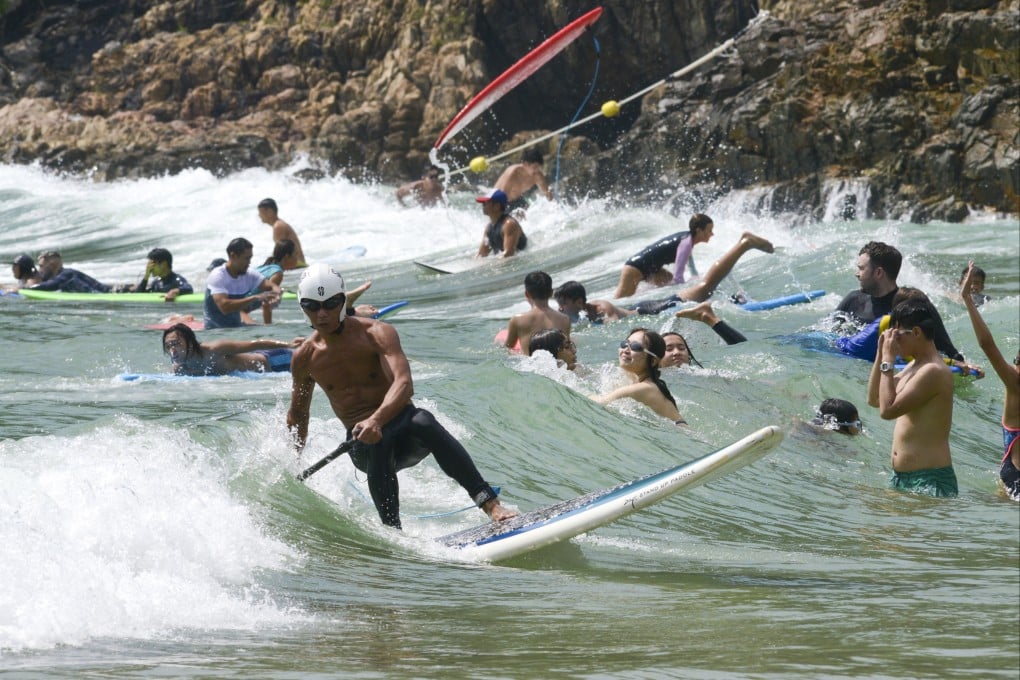Opinion | In a city short of land, water sports can make a big splash for Hong Kong
- Hong Kong has plenty of coastline and a growing community of pleasure boaters and water sports enthusiasts
- But it needs more infrastructure, including accessible shelter and storage, and for someone to lead the development of marine-based recreation, sports and tourism

Hong Kong has the longest coastline of any global city: 456km around the main area, and 722km around the 263 islands larger than 500 square metres. We have more water surface area (1,647 square kilometres) than land (1,108 sq km). These natural assets are a unique opportunity for Hong Kong to set itself apart.
To do so, we will have to answer the question: who is in charge of the development of the recreational marine industry? The remit of the Marine Department is limited as it mainly looks after the safety of licensed vessels and marine traffic. The Leisure and Cultural Services Department offers facilities for water sports, but it limits itself to mostly education and training.
What is missing in taking responsibility for the development of marine-based recreation, sports and tourism is the government ensuring that the community can safely store and use their own boats and water sports equipment.
Over the past 15 years, the number of registered pleasure boats has grown by 120 per cent, compared to just 7 per cent for local commercial vessels. Pleasure vessels now make up 60 per cent of all local vessels – up from just 42 per cent in 2007. Moreover, there has been an explosion in the use of water sports equipment that does not require registration, such as surfboards, canoes, stand-up paddle boards, and sailing and rowing boats.
Easily accessible shelter and storage is needed to keep vessels and water sports equipment safe from inclement weather. Unlike in Europe, the US or Australia, people in Hong Kong generally do not have such space at home. Moreover, many are reliant on public transport, which is unsuitable for carrying boats or surfboards.


